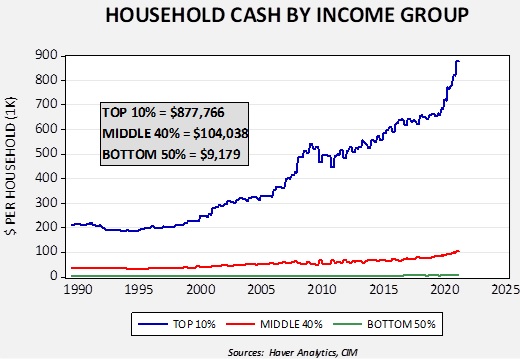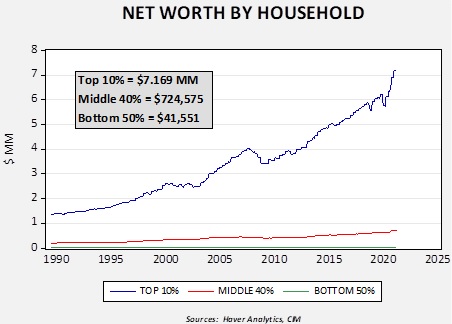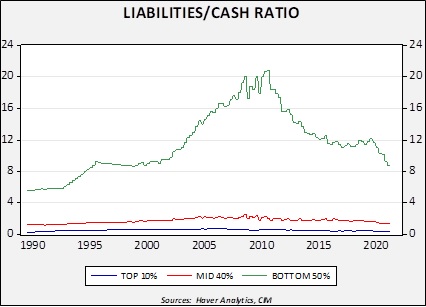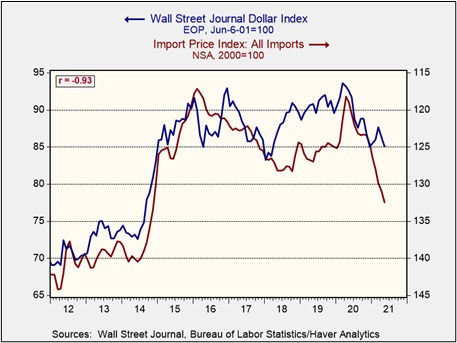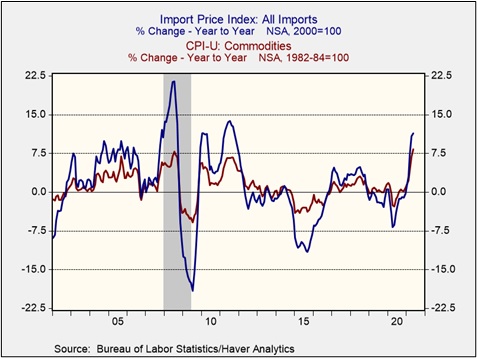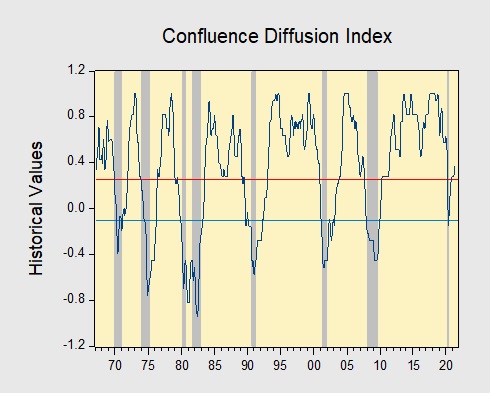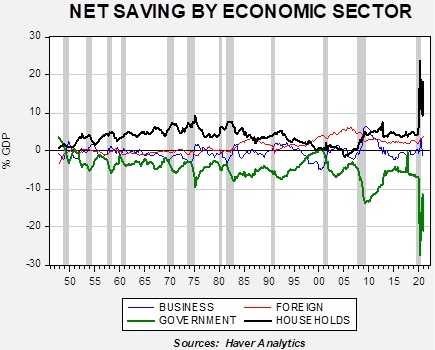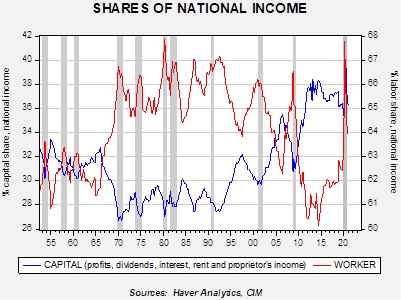by Bill O’Grady, Thomas Wash, and Patrick Fearon-Hernandez, CFA
[Posted: 9:30 AM EDT] | PDF
Good morning, all! U.S. equities appear to be headed for a higher open this morning. Today’s Comment begins with a discussion about Chinese President Xi Jinping’s speech. International news follows, with an update on the global minimum tax proposal and the EU’s decision to end caged farming. U.S. Economics and policy news are next, including an update on the infrastructure package. China news follows, and we end with our pandemic coverage.
China will not be bullied: Thursday marked the 100-year anniversary of the Chinese Communist Party. During the celebration, President Xi gave a speech that alluded to a possible war over Taiwan. In the speech, he stated that an attempt by “foreign forces” to bully China would result in “heads bashed bloody against a Great Wall of steel forged by 1.4 billion Chinese people.” He went on to pledge that China would regain full control over Taiwan. The speech comes within weeks of China flying fighter jets and bombers through Taiwan’s air space.
His latest remarks were in steep contrast with comments he made to diplomats a month ago. In June, Xi advised officials to create a “trustworthy, lovable and respectable” image of the country abroad. So far, markets have not responded well to the sudden change in tone. We note that investors sold Chinese equities in the wake of Xi’s speech. Although the sell-off may be short-lived, as China’s economy appears to be stable, the probability of war between the West and China, though remote, is elevated.
On Wednesday, Japanese officials warned that Russia and China were coordinating military exercises to threaten not only Taiwan but also Hawaii. Although simulated attacks are quite common during military exercises, it shows that as China ramps up its rhetoric about a possible takeover of Taiwan, it is also preparing for a U.S. response. The U.S. and Japan, who have also been coordinating military exercises, appear to be growing more concerned about the increase in China’s assertiveness over the last few years. Although it appears Japan will likely retaliate if China follows through on its threat to invade Taiwan, the U.S. has been noticeably ambiguous on the matter. President Biden himself appears to be conflicted. People within his administration, such as Secretary of State Antony Blinken, would likely support a retaliation. In the past, Blinken has argued that the U.S. shouldn’t shy away from its role as hegemon and was once quoted as saying “superpowers don’t bluff.” However, it doesn’t appear that Biden believes he could persuade the American public to back a war with China over Taiwan. A survey conducted by the Chicago Council on Global Affairs shows that if China invaded Taiwan, only 41% of Americans would support a U.S. military response. The lack of support could make retaliation politically risky, and given the blowback Biden received after supporting the invasion of Iraq, he may be keen to play it safe.
One of the biggest takeaways from Xi’s speech is that the U.S.-China decoupling appears to be inevitable. Given the rise in tensions, the U.S. has taken a tougher stance against China and some of its labor practices. Earlier this year, the U.S. issued sanctions against China in response to allegations of forced labor being used in Xinjiang cotton fields. Although U.S. companies issued statements expressing their concerns about the use of forced labor, it doesn’t appear that these companies were willing to sever ties with China over the matter. During a call with Wall Street analysts, Nike (NKE, $158.00) CEO John Donahue claimed that “Nike is a brand that is of China and for China.” In response, Commerce Secretary Gina Raimondo hinted that U.S. companies should take a more active role in speaking out against human rights violations. Although we don’t expect laws to deter companies from working with China to be forthcoming, we are starting to see this administration hint that companies may want to consider other options first.
International news: Protests in Myanmar, support for a global minimum tax, and a ban on raising farm animals in cages.
Economics and policy: The House passes a spending bill, the International Monetary Fund revises U.S. growth expectations, and U.S. plains maintain air strike capabilities in Afghanistan.
China: Students are harassed, and there’s a change in electricity prices
COVID-19: The number of reported cases is 182,653,642 with 3,955,835 fatalities. In the U.S., there are 33,679,489 confirmed cases with 605,019 deaths. For illustration purposes, the FT has created an interactive chart that allows one to compare cases across nations using similar scaling metrics. The FT has also issued an economic tracker that looks across countries with high-frequency data on various factors. The CDC reports that 382,283,990 doses of the vaccine have been distributed, with 328,152,304 doses injected. The number receiving at least one dose is 181,339,416, while the number of second doses, which would grant the highest level of immunity, is 155,884,601. The FT has a page on global vaccine distribution.
- A new mass testing technique has improved the efficiency of COVID testing. In a paper published in Nature Biotechnology, this new technique can detect about 100 times lower amounts of the virus than the traditional test. The new method should help pave the way for school reopening in the fall.
- The digital COVID-19 certification went into effect in the European Union on Thursday. The certificate allows for people who have received vaccines made by Pfizer-BioNTech (PFE, $39.48), Moderna (MRNA, $234.73), Johnson & Johnson (JNJ,$165.50 ), and AstraZeneca(AZN, $60.30) to travel throughout the bloc without restrictions.
- Although the Delta variant has emerged as the dominant strain in England, it has not led to a surge in hospitalizations. This is a welcoming sign as there have been growing fears the variants could be immune to vaccines.
- The World Health Organization has stated that gatherings to watch the UEFA EURO 2020 in stadiums and bars contribute to the increase in infections. Although this is an unwelcome sign, we would like to remind our clients that it is safe to root for “La Roja” from the comfort of their own homes.
The Biden Administration will send “surge teams” to communities with low vaccination rates to help combat the spread of the Delta variant of the coronavirus.
View PDF



